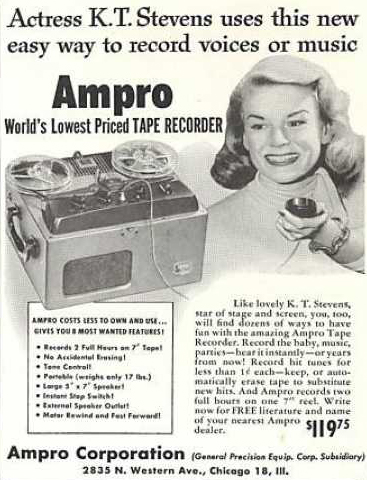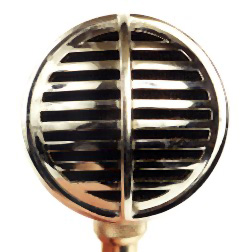Soul Limbo – Split Rivitt (Part 3)
We respectfully dedicate these pages to the friends and family of Barney Jeffrey 1958-2008
Split the bill
‘We did start a studio album together, but I wasn’t happy with what was going on so I walked out. They said they’d produce it themselves. I told them, you’ll see what happens, knowing full well they were unaware of all the pitfalls. Mark ‘Harpdog’ Hughes also played Chromatic. He was a normal kind of guy. Probably the quietest and most sensible band member. My studio notes show he was playing through a Shure Echo microphone. I think we added more harp on top and bounced it all down. I seem to remember asking him to harmonise and layer it. We were aiming at our own wall of sound. I think the end result stands on its own merit without impinging on the original.’
‘The track never truly got the exposure it deserved because the distributor, Pinnacle, got into financial difficulty. But it was on BBC Radio 1’s A list and got a lot of airplay. In fact it charted briefly in the top 20. I don’t know how the track was chosen originally. I have always been a big Booker T. fan, so maybe I had something to do with it. Anyway I love off-the-wall stuff. I once recorded the Dambusters Theme with a Punk Band and tried to sell it to the Germans. It didn’t get very far.’ (more…)




 Elwood’s Note: “I’m pretty ignorant when it comes to harmonica mics. When you ask me what my favourite element is, I normally choose between earth, wind, water and fire. I thought “Impedance” was a stigmatised medical condition which affects 50 percent of all men. That’s why we asked Greg Heumann at
Elwood’s Note: “I’m pretty ignorant when it comes to harmonica mics. When you ask me what my favourite element is, I normally choose between earth, wind, water and fire. I thought “Impedance” was a stigmatised medical condition which affects 50 percent of all men. That’s why we asked Greg Heumann at 